VEGAS MYTHS BUSTED: Hoover Dam’s Collapse Would Flood Las Vegas
Posted on: May 13, 2024, 07:21h.
Last updated on: May 13, 2024, 10:51h.
If the Hoover Dam were ever to collapse, Las Vegas “would likely be submerged under several feet of water, turning the famous Strip into a temporary canal.” That’s according to a viral recent social media post from someone who apparently received their doctorate in geology from TikTok University.
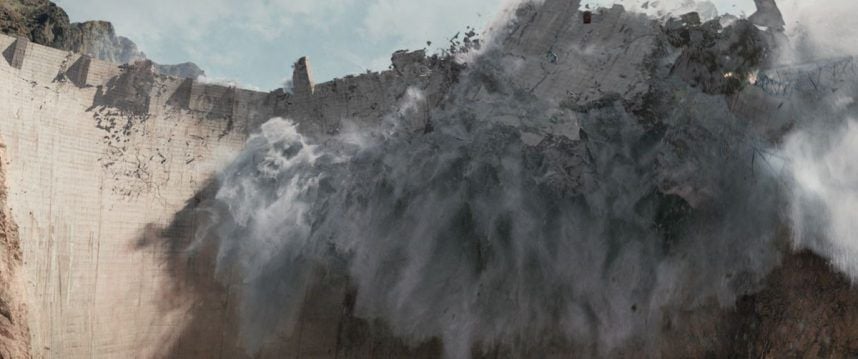
The complete collapse of the Hoover Dam, a scenario that’s highly unlikely even in the event of a big earthquake or terrorist attack, wouldn’t flood the Strip or any other part of Las Vegas.
That’s according to every real expert ever questioned about this horrific scenario.
And that’s because Las Vegas isn’t downstream (south) of the dam. It’s 35 miles northwest, as the crow flies. It’s also 800 feet higher in elevation than the top of the Hoover Dam.
Still, it wouldn’t be a good day for countless other reasons.
Hell of High Water
Though Lake Mead is only about 34% full now, 34% of its maximum capacity (9.3 trillion gallons) translates into more than 3 trillion gallons of water suddenly gushing downstream at once.
That’s enough to submerge 10 million acres of land (basically, the state of New Jersey) to a depth of one foot — but only if the deluge spread out evenly in all directions.
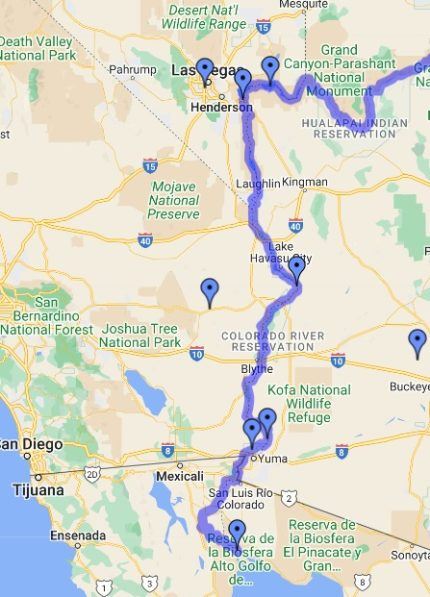
Instead, gravity would pull the water southward, along the natural shape of the Colorado, where it would hew to the very same canyon walls that it carved out over millions of years.
This would make the deadly wave much taller (perhaps over 100 feet) and deadlier.
This wall of water would destroy, and then submerge, Laughlin, Nev., Bullhead City, Lake Havasu City, and Yuma, Ariz., and much of California’s Imperial Valley, before eventually emptying into the Gulf of California at the base of Mexico’s Baja Peninsula.
Basically, a collapsed Hoover Dam would flood all the communities that the Colorado used to flood regularly, which is what the dam was constructed to prevent in the first place.
Tens of thousands of lives would likely be lost, along with 2 million acres of cropland, though all those farms would be useless without their future allotment of Colorado River water to irrigate them anyway.
The wave would also destroy, or seriously damage, all bridges, roads, railways, power lines, pipelines, and other infrastructure in its way. This includes seven smaller dams (Alamo, Parker, Headgate Rock, Palo Verde, Imperial, Laguna, and Morelos).
Finally, a collapsed Hoover Dam would devastate the habitats and populations of fish and other wildlife that have adapted to depend on Lake Mead and its controlled river flow, and could even trigger landslides and earthquakes.
Last Vegas
Though Las Vegas wouldn’t flood due to the collapse of the Hoover Dam, its days would still be numbered because of it. And that’s because the region currently gets 90% of its water from Lake Mead, which a collapsed Hoover Dam of course, would empty.
Water officials estimate that about 350,000 acre-feet of water stored in aquifers comprises the other 10% of Las Vegas’ water supply. But that’s not even enough to sustain the region’s water needs for two years, projecting Las Vegas’ 2023 use of 186,600 acre-feet of water into the future.
Let’s all hope this exercise continues to remain a hypothetical one.
Look for “Vegas Myths Busted” every Friday on Casino.org. Click here to read previously busted Vegas myths. Got a suggestion for a Vegas myth that needs busting? Email corey@casino.org.
Related News Articles
Lake Mead Buoys 3 Inches After Rains after Monsoon Rains in Vegas
VEGAS MYTHS BUSTED: Las Vegas Was Built on Barren Desert Terrain
Most Popular
FTC: Casino Resort Fees Must Be Included in Upfront Hotel Rates
Genovese Capo Sentenced for Illegal Gambling on Long Island
NBA Referees Expose Sports Betting Abuse Following Steve Kerr Meltdown
UPDATE: Former Resorts World & MGM Grand Prez Loses Gaming License
Most Commented
-
UPDATE: Whiskey Pete’s Casino Near Las Vegas Closes
— December 20, 2024 — 32 Comments -
Caesars Virginia in Danville Now Accepting Hotel Room Reservations
— November 27, 2024 — 9 Comments -
UPDATE: Former Resorts World & MGM Grand Prez Loses Gaming License
— December 19, 2024 — 8 Comments -
NBA Referees Expose Sports Betting Abuse Following Steve Kerr Meltdown
— December 13, 2024 — 7 Comments
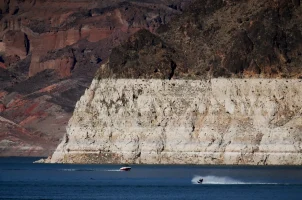

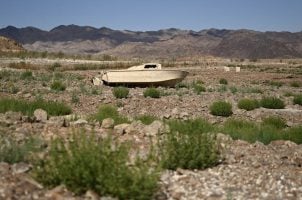
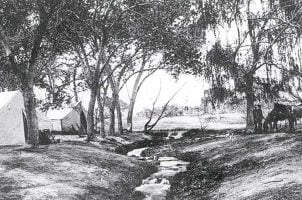










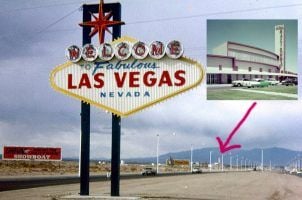

No comments yet